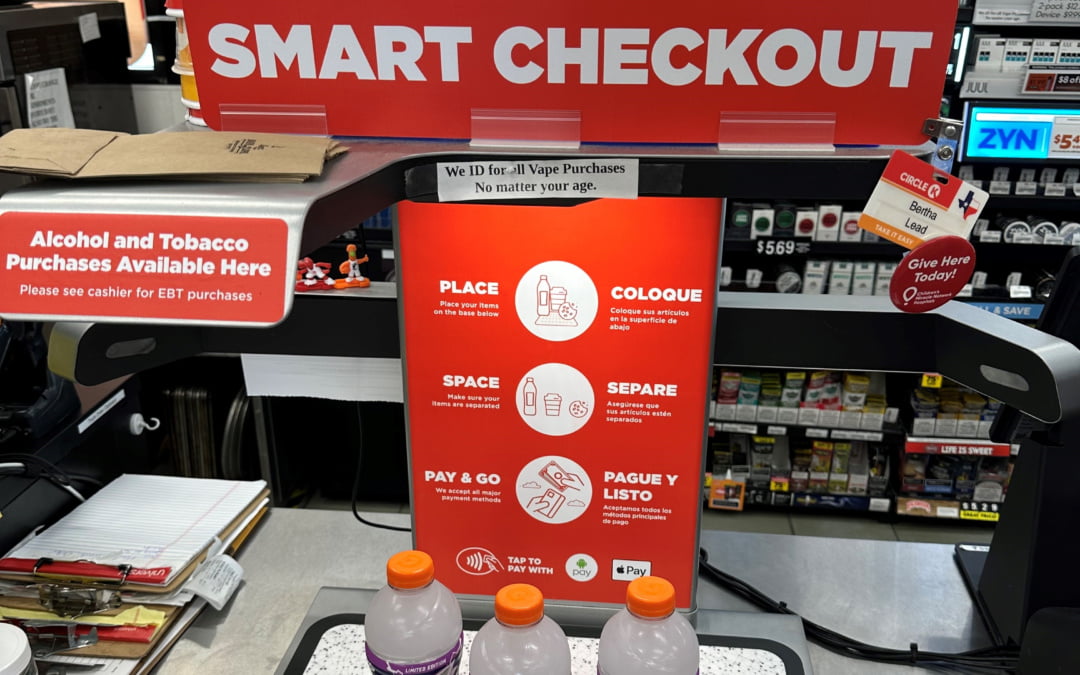
Pricing Research Q&A with Catapult Insights’ Statistical Expert, Tom Rosholt
Pricing Research Q&A with Catapult Insights’ Statistical Expert, Tom Rosholt

Pricing research has always been a valuable tool in the market research toolkit, but it has become even more relevant and useful in the last couple of years with the changes to the US economy, inflation, and many brands bringing new, innovative products to market. While there are a set of tried and true techniques for pricing research and analysis, it can be challenging to figure out which one to use, how to use it, and when you need to think outside the box a bit. This is why Catapult Insights brings our stellar statistician, Tom Rosholt, into the early stages of all pricing research to expertly guide the process. Tom Rosholt and I recently sat down to chat about pricing research and how to ensure the results impactful and relevant.
Jill: Tom! It’s great to be chatting with you about pricing research. I know it is one of your favorite topics because it presents so many unique challenges to work through, and you always love a challenge.
Tom: I do love a challenge! It keeps things interesting and I enjoy trying new techniques to help pull meaningful insights out of the data that our clients can actually use in the real world.
Jill: Why do you think pricing research is so important for brands?
Tom: There is a price at which anything of value will sell, from a matchbox to a mansion. Brands need to know as early as possible if the price people are willing to pay for an offering is within the pricing sweet spot, i.e., the range at which the maker of the product will realize sufficient profit, to reduce the risk of devoting time and resources to a non-viable proposition. Getting the price right is more important now than ever because competition is fierce and fast-paced, product development can be enormously expensive, and pricing information in the marketplace has been fully democratized. In addition, the era of making big (and even modest) business decisions without data is waning, making it nearly impossible to get an offering to market without research data, and that includes pricing.
Jill: Do you have a favorite pricing research methodology?
Tom: I actually don’t. I favor the technique that works best for the context. Here are things I think about when choosing a method:
1) How well-developed is the offering when consumers will be exposed to it?
2) Which is the greater risk, overstating or understating price sensitivity (i.e., the degree to which purchase willingness changes as price changes)?
3) The nature of the survey that includes the pricing inquiry.
4) The category, market maturity, market penetration, and realistic price range of the offering.
Jill: What was your favorite pricing research project and why?
Tom: We worked on the project together, Jill. This particular team collectively possesses an attribute that I believe is incredibly valuable in the research realm – curiosity. Their offering was tricky in that it is “familiar yet different,” so it was difficult to get a sense as to what people would pay for it. Research to the rescue! The client was willing to go at the pricing problem using two different research methods with differing biases. The results of the two methods told complementary stories, so the client got clear direction.
Jill: Have you had any opportunities to see the results from a pricing research program you worked be implemented in the real world? If so, how did that go?
Tom: We will soon find out when the product I just talked about hits wide distribution!
Jill: Are there any potential landmines you see researchers or clients risk stepping into with pricing research?
Tom: It is crucial to see pricing research for what it is – guidance rather than some sort of final answer. The dynamics of having a product in the market are usually very complex, so it’s impossible to determine if the price is just right until the offering is on-shelf and consumers are required to part with their money. However, pricing research done right can get you close and let you know whether or not your offering is viable.
While pricing research can feel like an overwhelming endeavor, having an expert like Tom as your guide ensures you’re following the right path, with the right methodologies to help you to make data-driven decisions. Drop us a line if you want to learn more about how we approach pricing research and how we can help you navigate the challenging world of pricing your offerings right to drive purchase behavior and create loyalty.
Jill Miller
CO-FOUNDER
CATAPULT INSIGHTS











